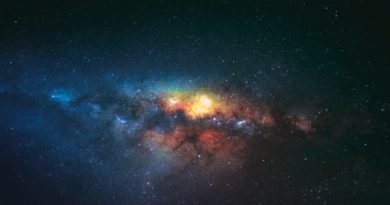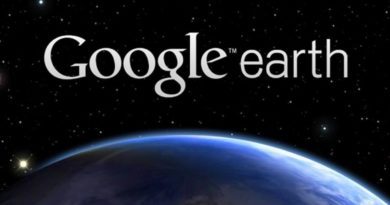Last modified on April 9th, 2020 at 12:51 pm
Earth-like Planet Found in Nearby Solar System
Scientists have been working for decades to find earth-like planets anywhere in the observable universe where life could potentially be possible. This week, astronomers found one–and it’s about as close as it can get.
A potentially rocky and earth-like planet has been discovered orbiting Proxima Centauri, the nearest star to our solar system. This planet is only slightly larger than earth, and is in just the perfect spot for liquid water to be present. If the planet has an atmosphere, there is a possibility for life to exist.
The planet is 4.22 light years away from earth (25 trillion miles). While this distance may sound like a lot, it is the closest potentially habitable planet that has ever been detected outside of our solar system. With developing technology, this planet could easily be accessible by an unmanned probe by the end of the century.
What Did Astronomers Find?
While astronomers didn’t actually see the planet, they deducted its existence indirectly. Every large mass in space creates a gravitational pull. By looking at the gravitational pull on Proxima Centauri, astronomers know a large planetary mass exists without actually having to see it.
What Does This Earth-like Planet Look Like?
This planet is being called “Proxima B” and while it may have everything necessary for life as we know it, it may look entirely different.
It is only 1/20th of the distance from its red dwarf star than Earth is from the Sun. The red dwarf stars create a perpetually orange sky, and its proximity to the star makes its orbit much shorter, making its ‘year’ much shorter. Proxia B orbits Proxima Centauri in only 11 days, rather than our 365.
Additionally, this planet does not rotate; so one side is continually facing the red dwarf, while the other is continually in the dark. Because it is 20x closer to Proxia Centauri, it will endure significantly more UV rays than we experience on earth.
“It is inspiring to find a potentially habitable world on our cosmic doorsteps, around our next star,” said exoplanet expert Lisa Kaltenegger, director of Cornell University’s Carl Sagan Institute . “It is significant because if we needed inspiration to try to reach the next star, now we have it.“
I have been a nature enthusiast since I was a small girl. My background is in online marketing and website development. It only makes sense to merge my love for nature with my skills in online marketing to help spread awareness, and appreciation for Our Beautiful Planet.




